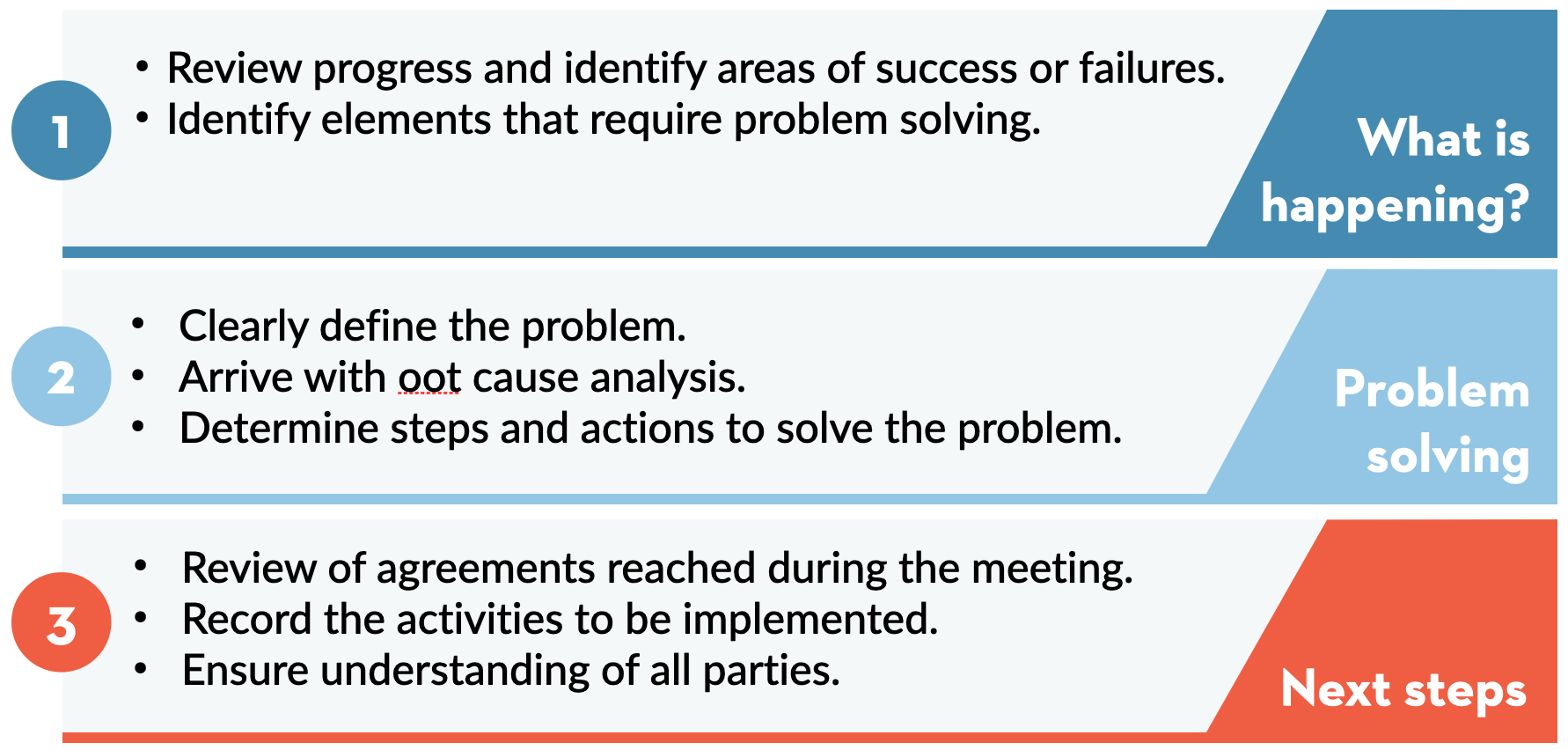1. Inspire Others by Communicating the "Why"
Simon Sinek famously emphasized the importance of communicating the 'why' behind the work we do. Most people know what they do and how they do it, but few truly understand why they do it.
Great leaders tap into the emotional core of an organization's mission and vision. A clearly defined purpose helps align teams toward a common goal, increasing engagement, motivation, and commitment. When people connect with a higher purpose, they become more invested in the outcome.
2. Maintain Consistent Messaging Across Leadership
A lack of alignment among leadership creates confusion and disengagement within an organization. When different leaders deliver mixed messages, employees struggle to understand priorities and objectives.
To prevent this, ensure that:
- All leadership is aligned on the strategic vision.
- There is a shared understanding of the definition of success and what “done” looks like.
- Roles and responsibilities are clearly defined to avoid in efficiencies.
A unified leadership message ensures clarity and builds trust across all levels of the organization.
3. Involve Others in Strategic Planning
Strategy is not meant to be developed in isolation. The most successful strategies integrate input from key stakeholders at all levels of an organization.
A strong example of this is Google’s concept of psychological safety, which encourages employees to voice ideas and challenge assumptions without fear. This openness often leads to unexpected, yet highly effective, strategic solutions.
How to foster collaboration in strategy development:
- Create an environment where employees feel safe to contribute ideas.
- Engage cross-functional teams for diverse perspectives.
- Encourage open dialogue about potential opportunities and challenges.
By including key stakeholders, leaders strengthen buy-in, increase innovation, and enhance strategic alignment.
4. Maintain Transparent Communication
One of the biggest mistakes in strategic execution is failing to communicate progress at all levels. Employees need to see how their work contributes to the overall strategy.
Ways to Maintain Transparency:- Share progress updates at all levels—not just within executives.
- Be honest about challenges and successes.
- Encourage open discussions on strategy adjustments and pivots
Strategic leaders embrace transparency and use it to build trust and accountability across teams.
5. Build a Governance System That Works
To sustain a strategy, organizations must have a structured governance system that ensures accountability and continuous progress. Governance provides a framework for decision-making and helps track whether strategies are delivering expected results.
So, what does effective governance look like in practice? Let’s break it down.
Key Questions to Consider When Structuring Governance:
-
How often should we meet? Establish a consistent cadence for governance meetings.
-
What format should the meetings take? Define a structured agenda for productive discussions.
-
Who should be involved? Identify key stakeholders for decision-making.
-
What information needs to be updated? Ensure key metrics and data points are reviewed regularly.
A well-structured meeting should follow a three-step approach:

A leader’s reaction to success and failure defines the organization’s culture. Recognizing and rewarding wins is crucial, but so is learning from failures.
Instead of blaming individuals for setbacks, strategic leaders use challenges as opportunities for growth. Borrowing from Lean principles like the Kata methodology, leaders can:
-
Diagnose the problem rather than assigning blame.
-
Encourage continuous learning by using failures as teaching moments.
-
Develop structured problem-solving approaches to refine future strategy execution.
Becoming a strategic leader isn’t about making every decision alone—it’s about empowering your team, aligning vision with execution, and driving meaningful impact. But mastering these skills takes the right tools and guidance.
Our Strategy Innovator Course is designed to help you develop expertise in strategic planning, creative leadership, and lateral thinking. If you’re ready to enhance your leadership and strategy skills, visit our website to learn more and get started today!




